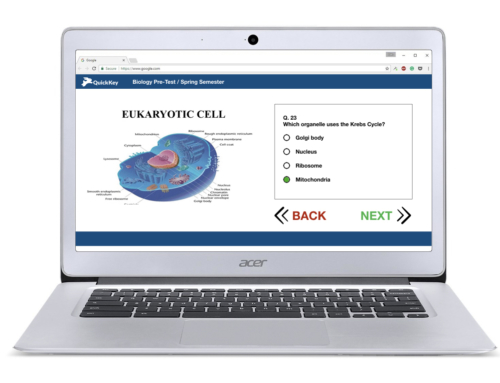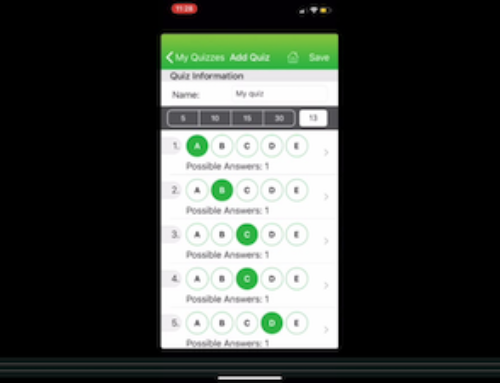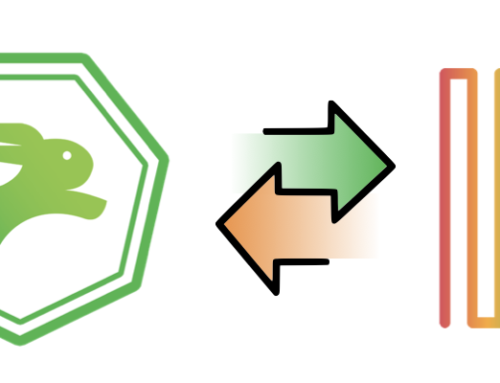Is Assessment for Learning any different from testing? Yes indeed! According to the National Council of Teachers of English, “Well over a decade into federal education policy that endows significant consequences to single tests of student achievement too late in the academic year to lead to any action, teachers might be pleased that the term “formative assessment” is appearing in the broader discourse among test makers and publishers of educational materials.“1
At Quick Key we believe that the right kinds of formative assessment, especially ungraded formative assessment for learning a/k/a rapid classroom feedback, actually helps teachers and students achieve mastery together by identifying gaps in student understanding during the lesson, and allowing teachers to give personalized attention to each individual student’s learning needs.
So in this post, the first in our series on Formative Assessment for Learning, we are going to take a look at a position paper by the National Council of Teachers of English (NCTE) from 2013, where the NCTE outlines how to use formative assessments to truly inform instruction.
Of course, as a teacher you already use formative assessment tools every single day. Each time you ask a student to read aloud or do a problem on the board, you are assessing their mastery of the material and making them an owner of their own learning. That’s formative assessment pure and simple. But to take it to the next level, beyond the anecdotal and into the realm of data-driven instruction (and let’s face it: if your school’s leadership isn’t pressing you to make more use of data, they will be soon), you’re going to need some formative assessment tools to help out.
Using technology for formative assessment for learning in the classroom can be a huge boon to you, the teacher, provided the technology tool actually helps you do your job. Of course, most of the tools on offer aren’t actually designed well from a teacher’s perspective. According to the NCTE (you can download their full paper here), “applying the term “formative assessment” to those commercial products or tools that are sought out, purchased, or imposed by those least involved in the daily work of classroom learning raises serious concerns: Unless a formative assessment tool functions demonstrably as a lever for meaningful teacher and student decision making, it is being marketed under erroneous pretenses.”
No kidding.
So what can you do, to continue to inspire your students to own their learning and be creative? To have fun and connect with your class on a personalized level, all the while making sure your students perform on those summative tests at the end of the year and make your principal happy? We suggest adding a few simple formative assessment activities (strategies) into your lessons. If you need some ideas, there’s a 10-page e-book that can get your started. It’s free. So why not check it out?
After all, like the NCTE says, “As knowledgeable inquirers, teachers are able to choose among a variety of tools and strategies that best suit the context of their own classrooms. Analogous to the work of ethnographers or teacher researchers, teachers use meaningful formative assessment to study students in action and the artifacts of their learning in order to better understand.”
And that’s a big part of Teaching BIG!



